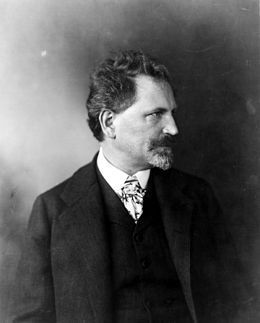Laurent Gaudé's Goncourt-winning Le Soleil des Scorta (translated as The Scortas' Sun) is set in the Pouilles area in the south of Italy, mainly in the (imaginary) village of Montepuccio. Gaudé, whose wife is Italian, is particularly fond of this area.
The novel begins like a spaghetthi western, with Luciano Mascalzone riding into the deserted Montpuccio after fifteen years in prison, although he's on a mule rather than a horse. Throughout his imprisonment he dreamed of making love to Filomena Biscotti, although he fully realises that when he's done so he's fated to die because of it. The back of the book calls his action a rape, although it certainly doesn't read so: he goes to Filomena's house, she accepts her destiny, and willingly accepts him into her bed. But just before Luciano dies from a stoning by the villagers, he learns that Filomena died years before, and he's in fact made love to her almost identical younger sister Immolacolata.
Le Soleil des Scorta takes the reader through five generations of the same family, and the product of the sexual relationship between Luciano and Immacolata is Rocco, a baby who isn't wanted in Montepuccio, isn't wanted at all and the villagers want to kill him, but he's saved by the curé and is brought up in the neighboring village.
Rocco takes the surname of the family that brought him up – Scorta – and as a mature person returns to Montepuccio, where he is feared because of the violence he inflicts on others, because he makes his money by taking anything he wants. He marries a deaf and dumb girl whose name is unknown to anyone so is just called La Muette, or the silent woman. And when Rocco's time to die comes he gives his fortune to the church, on the condition that each member of the Scorta family will receive an extremely lavish funeral and tomb, as if to indicate the importance of the family.
And so Rocco's sons Domenico and Guiseppe and his daughter Carmela are in effect disinherited, they have to begin life afresh. But an attempt to leave for New York is aborted for Carmela at Ellis Island, where she learns that she can't be accepted because of an infection. Her brothers won't allow themselves to be separated from her, so they are as if fated to return to Montepuccio, being denied the chance to become rich. But they make a little money on the return journey and buy a shop where they can sell cigarettes, the first of its kind in the village.
But La Muetta has died and the new curé has chosen not to bury her properly, incurring the wrath of the Scortas. And the wrath of their friend Raffaele, who becomes an honorary Scorta, the brother of the others, in spite – the reader learns later – of his love for Carmela. He helps unearth La Muette to give her a fitting burial.
And Raffaele kills the curé. He strips him naked in the countyside, leaves him to the relentless, merciless sun that burns, the sun that allowed Luciano to ride into Montepuccio, at a time when everyone else was sheltering inside from it. The time of day, the narrator says, 'when the lizards dream of being fish', when they too sweat. But Montepuccio keeps the people a prisoner: they're psychologically if not physically, even genetically, anchored to their geographical fate.
Carmela's son Elia is given the choice by his uncle Domenico – not by his father, a fleshless character who goes off to meet his death fighting in Spain for the fascists – the choice of returning to Montepuccio (after a necessary exile in the next village), or (with money offered) of breaking the family mould and leaving for Naples or Milan. No, young Elia says he must return to Montepuccio.
Some years later Elia falls helplessly in love with Maria Carminella, a girl from a rich family, but who is a free spirit, a kind of feminist, who will only marry Elia if he has nothing. Elia feels forced to burn down the family business, which he does so he and Maria can begin life – as did Domenica, Giuseppe and Carmela – with nothing.
The cycle of struggle, of acceptance of fate, of being rooted to the family, to the village, is broken by Elia's daughter Anna, who will leave for the north, for a decent education and a home away from the burning sun.


















































